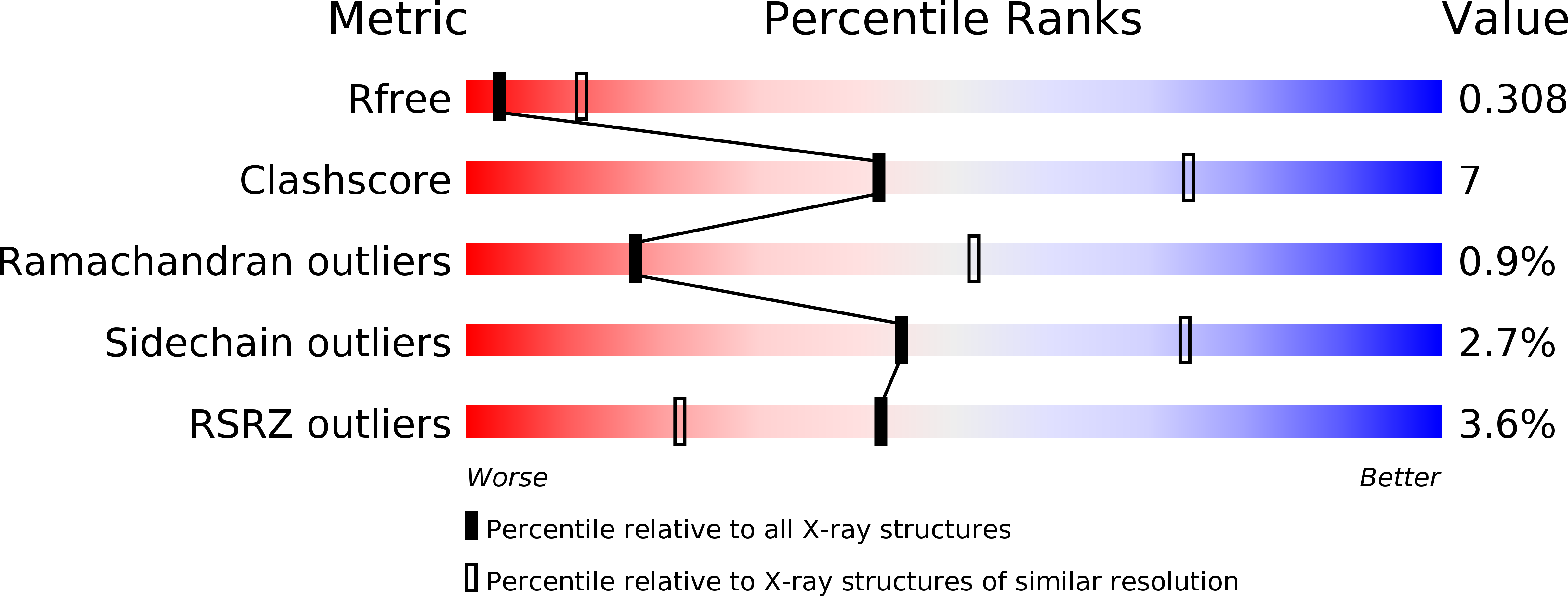
Deposition Date
2010-06-22
Release Date
2010-07-21
Last Version Date
2023-12-27
Entry Detail
PDB ID:
3NMO
Keywords:
Title:
Crystal structure of an engineered monomeric CLC-ec1 Cl-/H+ transporter
Biological Source:
Source Organism:
Escherichia coli (Taxon ID: 216592)
Host Organism:
Method Details:
Experimental Method:
Resolution:
3.10 Å
R-Value Free:
0.30
R-Value Work:
0.26
R-Value Observed:
0.26
Space Group:
C 1 2 1


